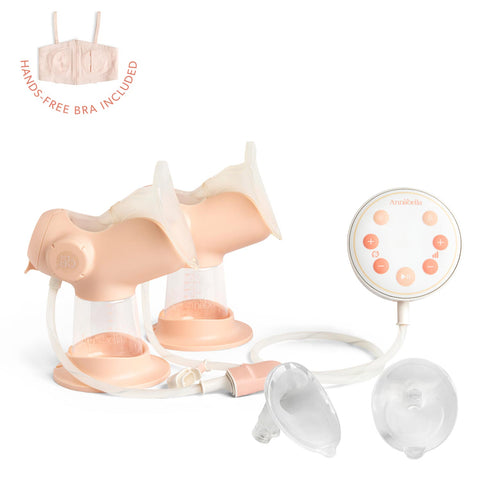Many modern parenting books and parenting experts suggest waiting to begin potty training until a child is between two and three years old. Although this approach has become common, it can sometimes result in a more challenging experience.
Starting potty training at this age can bring you face-to-face with your child's counter-will. Around 18 months, as toddlers develop a stronger sense of self and independence, they also begin to assert their will by doing the opposite of what is asked of them. This is a normal and healthy stage of development. However, if potty training is introduced at this age, it can become a battle of wills. The child may see it as a command to be resisted, leading to frustration for both the parent and the toddler. Also, waiting until your child is over 2 to start toilet training means your child never has a chance to develop the ability to notice their own bodily functions and learn how to control them. Since modern diapers are super absorbent they leave children completely disconnected from the way their body works.
By contrast, starting earlier and more gently, even from birth, can prevent this power struggle. Instead of being a chore the child is told to do, it becomes a natural part of their daily routine, a learned communication between parent and child.
The Problem with Disposable Diapers
Beyond the counter-will stage, there's another compelling reason to consider an earlier approach: disposable diapers. These diapers are an environmental burden, with billions ending up in landfills each year, where they take hundreds of years to decompose. They also contain chemicals like phthalates, which can be unhealthy for a baby's developing body. Early potty training is not only a smoother process for your family, but also a more sustainable choice for the environment and a healthier one for your child.
Preparing from Birth: Steps for a Smoother Potty Training Experience
Here are some steps you can take from day one to set the stage for a positive and potentially earlier potty-training experience.
1. Create Elimination Stations
As early as possible, preferably before 4 months, begin by incorporating elimination stations into your daily schedule. These are set times, for example, right after feeding, before and after naps, or after a diaper change, when you take your baby to a designated spot like a portable potty or the sink.
Hold your baby in a squatting position over the potty. At the same time, make a gentle sound, such as “pshhhh-pshhhh”, that your child will learn to associate with peeing. Over time, this auditory cue will help your baby relax and signal their body that it's okay to go. This practice also helps you learn your baby's elimination patterns. At this young age, babies are unlikely to pee on you while in full contact, much like puppies won't soil their own sleeping areas.
2. Watch for Signals
Once every few weeks, observe your baby for at least an hour, with your baby diaper-free. This practice allows you to observe their unique cues and signals before they eliminate. These cues can be subtle, such as a change in facial expression, a specific sound, or a sudden stillness.
Filming this nappy-free time can be a good way of catching small cues that might be hard to notice in real time. You can review the video later to identify and recognize your baby's specific signals. The next time you see them make that cue, you can immediately take them to the potty, reinforcing the connection between the sensation, the signal, and the act of elimination. Some parents practice Elimination Communication full-time. This is a method where the baby is always diaper-free, and parents watch for signals and help their baby go potty. Adopting this practice even occasionally or even for an hour once in a while can help you learn a lot about your baby.
3. Introduce sitting on the potty as soon as possible
As soon as your baby can sit up unassisted, you can introduce the potty not just as a place to eliminate, but as a place to sit. During your elimination stations, let your baby sit on the potty for a few minutes. This builds familiarity and positive associations with the potty, so it doesn't seem foreign or intimidating when it's time for more active potty training later on. Make sitting on the potty a positive and happy experience for your baby. Never force your baby to sit on the potty longer than they are interested.
4. Go Diaper-Free Before 18 Months
If you have been practicing full or part-time elimination communication from birth, you can consider going completely diaper-free before your child reaches the age of 18 months. This is the time just before the counter-will stage becomes a significant factor. Being diaper-free helps a child become more aware of their body's signals and the sensation of being wet. It also eliminates the convenience of the diaper, encouraging them to use the potty.
Additional Tips
Communicate Constantly: Talk to your baby about what you're doing. Use simple phrases like “Time to go potty” or “Let's go to the toilet”. Even if they don't understand the words, they will connect your voice and tone with the action.
Stay Positive and Gentle: Accidents will happen, and that is okay. Never scold or shame your child for a mistake. Keep the process positive and relaxed. Positive reinforcement, like a simple clap or a cheerful “yay” can go a long way.
Trust Your Instincts: Every baby is different. Pay attention to your child's cues and adjust the schedule as needed. Trust that you know your child best and can find the approach that works for your family.
Want to keep learning? Explore more parenting insights in our Milk our knowledge section.







